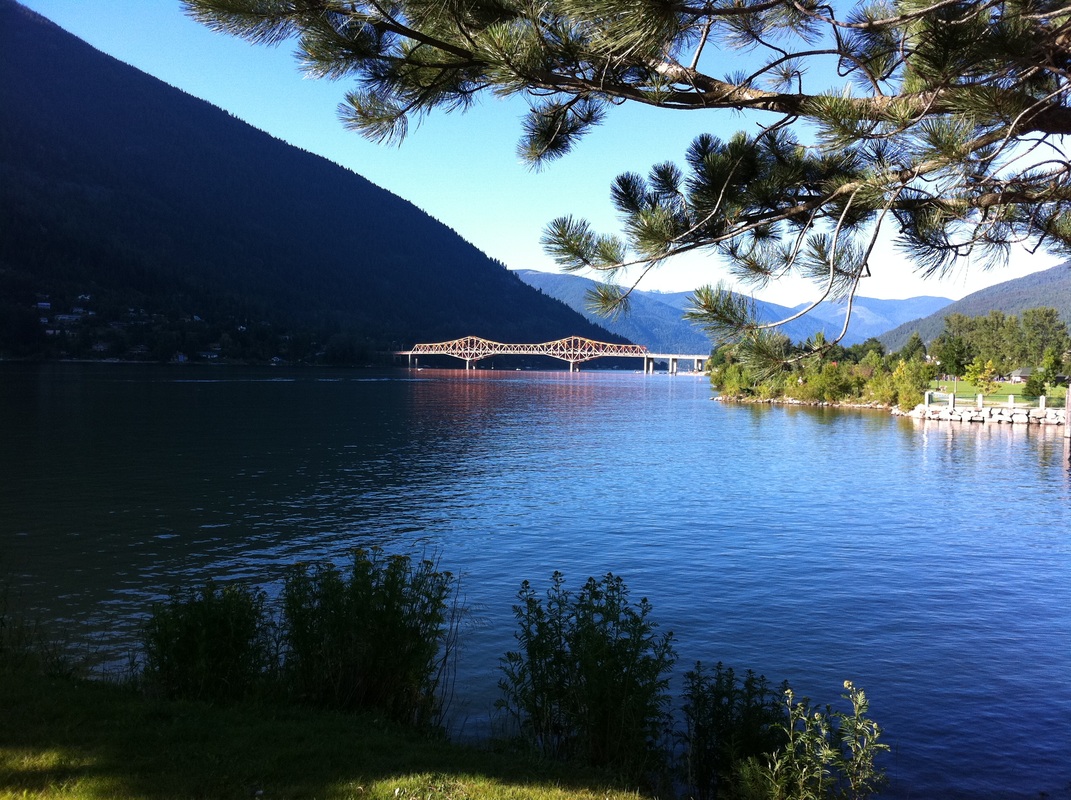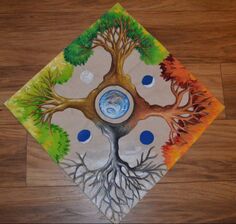|
I often think about bridges. My father was an engineer, working for the Department of Highways in the Canadian province of BC for 37 years. His working life was spent dealing with bridges and roads.
I think bridges are possibly the ultimate marriage of imagination and function. Most people just drive on them. A few bridges are well-known landmarks: the Golden Gate, the Brooklyn Bridge, Lions Gate Bridge in Vancouver. Bridges can be seen as beautiful structures even by people who have no concept of what goes into designing, building or maintaining a bridge. Or bridges can be just a way to get to the other side. Just think about it for a moment. If you look at a river or a canyon, do you see in your mind's eye a way of crossing that expanse, or do you see an impassable obstacle? Most of us see the space, we don't envision any way of getting across it. Yet engineers and bridge builders can imagine a bridge where no bridge existed before. And this is not just a vision or a dream, they also see how to go about building it. Today, there are 6 main types of bridges. The ones I mentioned above that are landmarks are all suspension bridges. I won't go into all the types here; you can look them up on Wikipedia yourself if you're interested. When you imagine creating a bridge, you probably think, okay, toss a log across the stream. What if the stream is wider than the longest log you have available? Hm. Maybe pile up some stuff in the river to hold up the place where two logs meet. Okay, that can work. But there's a limit to that. You need a lot of long logs, and if you're going to take anything across there, like a wagon, you need a bridge deck, so now this is getting complicated. And how many rocks will you need to hold up all this stuff? If you pile up enough rocks in that river, you might stop the river from flowing so your bridge is now a dam, and you have a bunch of new engineering problems. Arches are one way of solving these problems. An arch is very strong, so it can support a lot of weight on fairly slender piers. The Romans did this, and lots of Roman and medieval bridges built with arches are still standing. All bridges are always a compromise, a balance, among several factors: how much traffic the bridge will bear, the length needed to span the river or canyon, the force of the river, the force of wind, the weight and shape of the bridge itself. A bridge has to stand up to the dynamic load of people and vehicles crossing as well as hold up its own weight. Yet the bridge also has to allow water to flow under it. Building a bridge means planning out every step ahead of time. With some of the ancient bridge building methods, you may just build out from solid ground. Sometimes, you need to create falsework, essentially building a temporary structure that allows you to build the bridge, and once the bridge is complete, the falsework is dismantled. A suspension bridge is a feat of daring as well as engineering. There are photos of the Lions Gate bridge under construction that show the bridge deck suspended from the middle of the supporting cables, before the deck was extended out from the towers. Other suspension bridges were built by extending the deck out into space from each tower. Imagine what it takes to imagine that. Imagine what it takes to come up with the plans to make that happen. Imagine what it means to be so sure you can do this, that you go ahead and get it done. That entire crews will do what you ask and work long hours hundreds of feet above the ocean, or down in a caisson under the water, to fulfil your vision. No-one builds bridges alone. Every bridge takes many people, tools, equipment, material, time. Materials need to be tested; on a suspension bridge, even the weight of the paint must be considered. Yet any bridge begins with the vision of one person who thinks, "we can build a bridge across there." Below: Nelson Bridge, Nelson, BC, spans the West Arm of Kootenay Lake. It was built in 1957; before that, a ferry took passengers and traffic across the lake. Originall silver, around 1970, it was painted orange under the direction of H.J. Kelsall, Bridge Engineer for Region 3, Department of Highways. That decision was controversial at the time, but later, Big Orange Bridge, BOB for short, became an icon of the City of Nelson. H.J. Kelsall was my dad. It takes vision to build a bridge. It takes vision, and a fair degree of courage, to paint a bridge orange!
0 Comments
Leave a Reply. |
JoAnn TurnerI'm easily amused. I try to be positive about things, yet I am also driven to distraction by irrationality. Especially if the purpose is valid, but could be achieved with less drama. You'll see all of this in my writing! Archives
April 2017
Categories
All
|

 RSS Feed
RSS Feed


